Disclosure: This article contains affiliate links. We may earn a commission from purchases at no extra cost to you, which helps our travel content.
The first time I rounded those hairpin turns climbing into Baguio City, my stomach lurched not just from the altitude but from pure awe. At 5,000 feet above sea level, this Philippine highland retreat offers a refreshing escape from the tropical heat below—if you can navigate getting there and around. As both an EMT and someone with indigenous roots, I'm drawn to places where traditional practices meet modern life, and Baguio's transportation system is exactly that: a fascinating blend of colonial influence, Filipino ingenuity, and mountain adaptability. Whether you're a student on summer break looking to explore the City of Pines on a shoestring budget or simply seeking respite from Manila's chaos, this guide will help you navigate Baguio's unique transportation landscape without draining your wallet or your patience. Trust me—after responding to emergencies in some of the world's most challenging terrain, I've developed a knack for efficient transit solutions, and Baguio requires exactly that mindset.
Getting to Baguio: The Long Climb Up
The journey to Baguio is as much a part of the experience as the destination itself. From Manila, you have several options, each with its own rhythm and energy—much like choosing between different healing modalities.
By Bus: The most economical and popular option for students. Victory Liner and Genesis Transport run regular routes from Manila to Baguio, with trips departing almost hourly from 1 AM to midnight. The journey takes approximately 4-6 hours depending on traffic and weather conditions. For the budget-conscious traveler, regular air-conditioned buses cost around ₱450-550 one-way.
During my last trip, I splurged on a Joy Bus Premiere (₱750) for the early morning departure—their fully reclining seats and onboard toilet meant I arrived rested rather than needing recovery time. If you're sensitive to motion sickness like many of my rescue patients, this is worth the extra pesos.
By Private Car: If you're traveling with friends, consider renting a vehicle. The drive via NLEX and SCTEX then up Kennon Road or Marcos Highway offers breathtaking views. Just be warned—Kennon Road often closes during rainy season due to landslides. I recommend using a reliable navigation app that works offline, as cell service can be spotty in mountain passes.
By Shared Van: For something between bus and private transport, UV Express vans depart from various terminals in Manila. They're faster than buses (4-5 hours) and cost around ₱450-500. The trade-off is less legroom, which my 5'9" frame always feels acutely about halfway up the mountain.
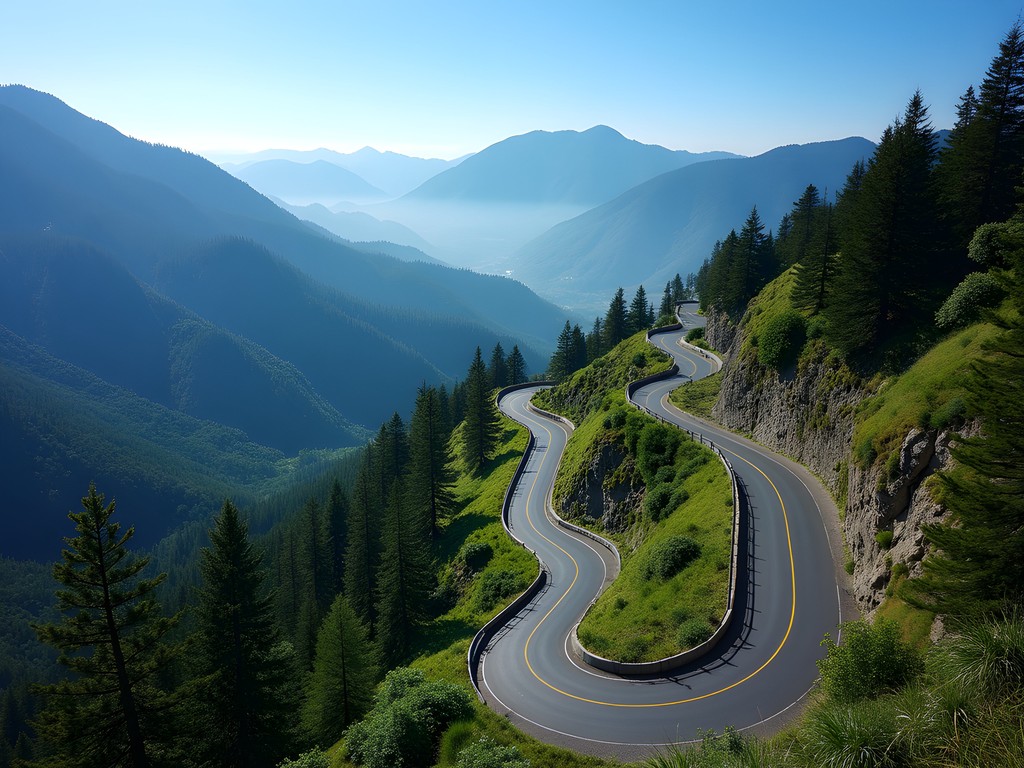
💡 Pro Tips
- Book bus tickets 2-3 days in advance during summer season when students flock to Baguio
- Take motion sickness medication 30 minutes before departure if you're sensitive to winding roads
- Choose morning departures to avoid afternoon rain showers common in the mountains
The Iconic Jeepneys: Baguio's Lifeline
Jeepneys are to Baguio what subways are to New York—the lifeblood of local transportation and a cultural experience in themselves. These repurposed US military jeeps have evolved into elongated, colorful public utility vehicles that follow set routes throughout the city.
My Mi'kmaq grandmother would have appreciated jeepneys for the same reason I do—they represent adaptation and resourcefulness, turning tools of colonization into something uniquely Filipino. Each one is a canvas of personal expression with hand-painted designs, chrome ornaments, and often spiritual symbols for protection on those steep mountain routes.
How to Ride: Jeepneys in Baguio follow specific routes indicated on their windshields or sides. Simply flag one down anywhere along its route by raising your hand. The fare is incredibly budget-friendly at around ₱9-11 for most city routes. When boarding, it's customary to say "Bayad po" (payment please) and pass your fare forward if you're seated far from the driver.
To signal your stop, simply call out "Para!" or tap a coin against the metal rail. As a frequent solo traveler, I've found jeepneys to be safe and efficient, though they can get crowded during rush hours.
Popular Routes: For students exploring Baguio, key jeepney routes include: - Mines View-Baguio Plaza route (passes by major tourist spots) - Aurora Hill-Trancoville (connects to major universities) - Plaza-Pacdal-Tam-awan Village (access to cultural sites)
During my visits documenting food culture, I've found that locals are incredibly helpful in directing lost travelers to the right jeepney. Don't hesitate to ask—Baguio residents are known for their hospitality.
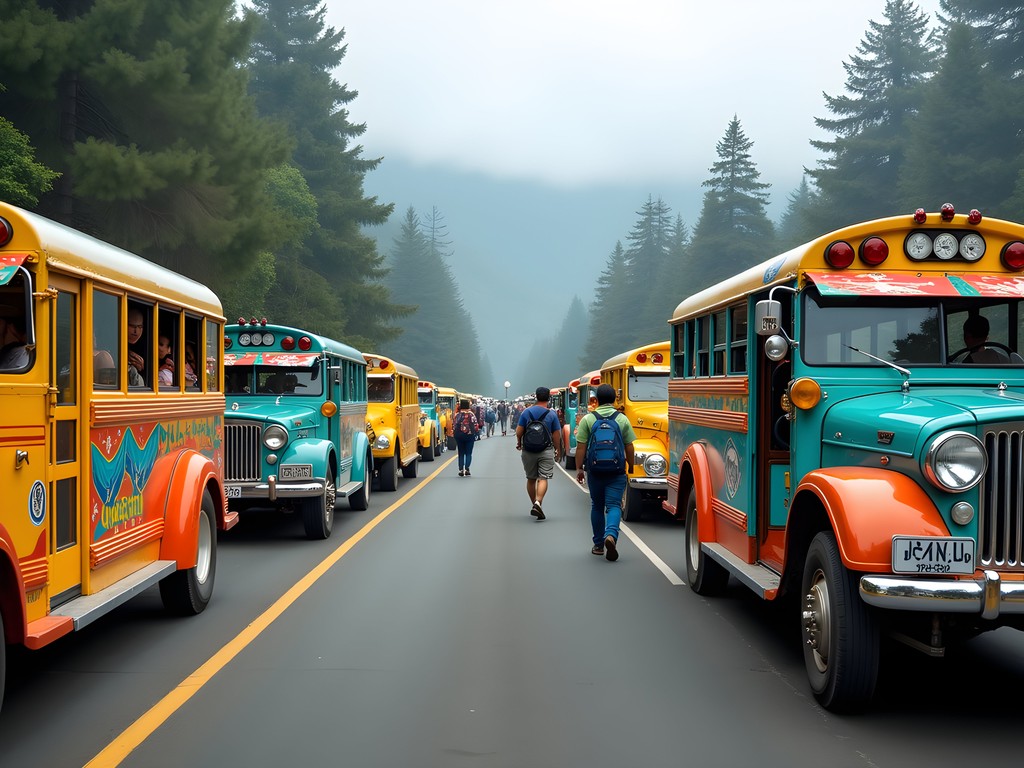
💡 Pro Tips
- Prepare exact change or small bills as drivers may not have change for large denominations
- Download a jeepney route map app before your trip as routes can be confusing for first-timers
- Avoid jeepneys during rush hour (7-9 AM and 4-6 PM) when students and workers are commuting
Taxi Navigation: The White Cabs of Baguio
Baguio's white taxis are as iconic to the city as its pine trees. Unlike the yellow cabs of Manila, these mountain taxis are predominantly white—making them easily identifiable as you navigate the city.
As someone who's responded to emergencies in remote locations, I appreciate Baguio taxi drivers' knowledge of even the most obscure addresses. They navigate the city's confusing spiral layout with an intuitive understanding that no GPS can match.
Fare Structure: Baguio taxis start at ₱35 for the first 500 meters and add ₱2 for each succeeding 300 meters. While more expensive than jeepneys, they're still remarkably affordable compared to rideshare options in most Western cities.
What sets Baguio taxis apart is their honesty—most drivers use their meters without prompting and return correct change. This integrity reminds me of the values my Mi'kmaq elders emphasized: respect and fairness in all exchanges.
Safety Considerations: As an EMT, safety is always my priority. I'm happy to report that Baguio taxis are generally very safe, even for solo female travelers. Still, I recommend the universal precautions:
- Note the taxi's plate number
- Share your ride details with a friend
- Use a personal safety device for peace of mind when traveling alone at night
When to Choose Taxis: For students on a budget, reserve taxis for specific situations: - When carrying heavy luggage (especially arriving at the bus terminal) - During heavy rain (common in summer afternoons) - Late night returns to accommodations - Reaching outlying attractions like BenCab Museum or Tam-awan Village
During my last visit documenting sacred spaces in Baguio, I found that many drivers were knowledgeable about local history and traditional practices—turning a simple ride into an enriching cultural exchange.
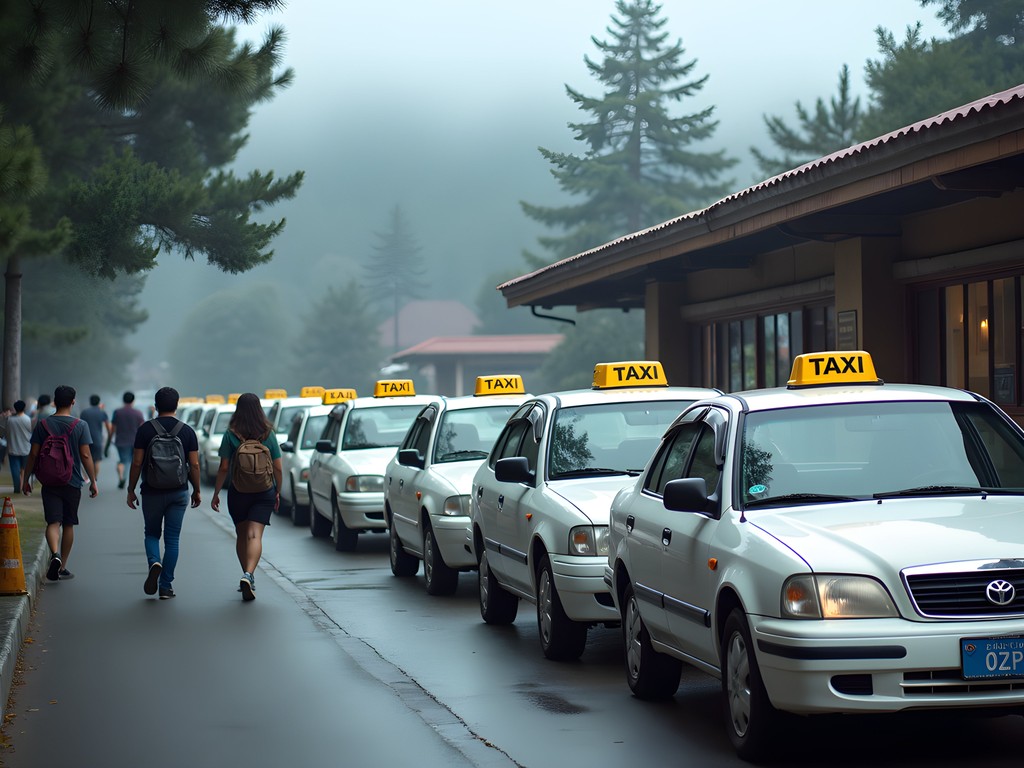
💡 Pro Tips
- Ask your accommodation to call a trusted taxi for early morning departures
- Confirm if your driver knows your exact destination before departing, as some smaller streets can be tricky to find
- Keep small bills handy as drivers may not have change for ₱500 or ₱1000 notes
Walking the City of Pines: Pedestrian Navigation
Baguio is one of the few Philippine cities where walking isn't just possible—it's enjoyable. The cool mountain air makes pedestrian exploration pleasant, particularly in the central district around Session Road and Burnham Park.
As someone who believes in the healing power of walking meditation, I find Baguio's pedestrian-friendly core to be one of its greatest assets. The city's compact central area allows students to save on transportation costs while absorbing the unique atmosphere.
Walkable Routes: The main commercial district including Session Road, SM Baguio, Burnham Park, and the Public Market forms a walkable core. Most points within this area are within 15-20 minutes of each other on foot. For students staying near these landmarks, you might go days without needing motorized transport.
Elevation Challenges: That said, Baguio isn't called the City of Pines for nothing—it's built on mountains. Prepare for significant elevation changes as you walk. What looks like a short distance on a map might involve climbing several steep streets.
During my EMT career, I've seen how quickly elevation can affect those not acclimatized. Give yourself time to adjust to the 5,000ft elevation before attempting longer walks, especially if coming from Manila's sea level environment. Stay hydrated with a reliable water bottle that keeps drinks cool in the sun but won't freeze overnight (yes, Baguio gets that cold!).
Safety After Dark: While generally safe, some areas become quite dark after sunset due to limited street lighting. The city quiets down relatively early by Philippine standards. If walking after dark, stick to well-lit main roads like Session Road rather than the smaller connecting streets.
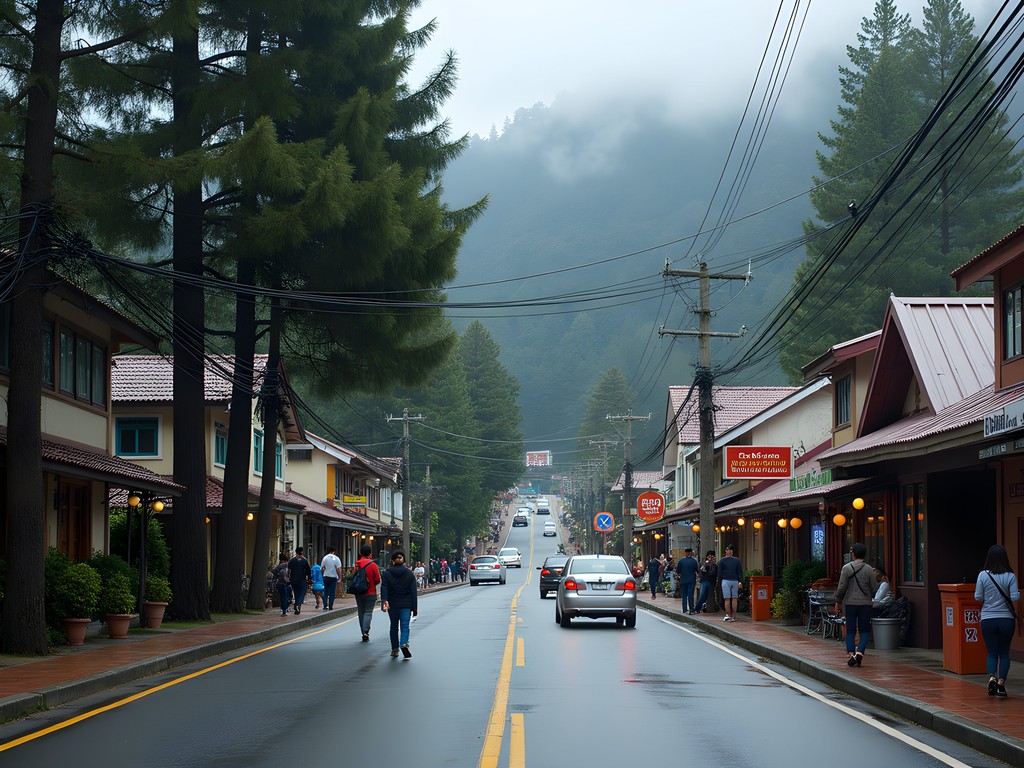
💡 Pro Tips
- Download an offline map of Baguio before your trip as the city's spiral layout can be confusing for newcomers
- Wear comfortable shoes with good traction as sidewalks can be steep and sometimes slippery
- Carry a light jacket even during summer as temperatures can drop suddenly, especially in late afternoon
Budget Transportation Hacks for Students
As someone who frequently hosts EMT students on training rotations, I've gathered plenty of budget transportation hacks that apply perfectly to Baguio. The city's unique geography creates both challenges and opportunities for saving money on getting around.
Jeepney Transfers: Master the art of jeepney transfers to maximize your budget. For example, instead of taking a taxi from Mines View Park to Tam-awan Village (which would cost around ₱150), take the Mines View-Plaza jeepney (₱9) then transfer to a Tam-awan jeepney (₱9) at the central terminal. Total savings: ₱132!
Student Discounts: Always carry your student ID. While not all transportation offers formal student discounts, many drivers will give informal discounts when they see you're a student, especially for group rides to tourist destinations.
Accommodation Location Strategy: The smartest budget move is choosing accommodation within walking distance of jeepney routes. Areas near Dominican Hill, Teacher's Camp, or along Leonard Wood Road offer more affordable lodging while maintaining good transportation connections.
During my research trips, I've found that a portable power bank is essential for budget travelers relying on phone maps and transportation apps throughout the day. Baguio's cool climate is actually better for battery life than Manila's heat, but you'll still want backup power for long exploration days.
Group Travel: For destinations outside the jeepney network, gather fellow students and share taxi costs. Four people sharing a ₱200 taxi to BenCab Museum is much more economical than each paying separate jeepney fares plus the long walk from the drop-off point.
Weekly Passes: If staying for your full week, inquire at your accommodation about weekly jeepney passes on certain routes. Some drivers offer informal weekly rates for regular passengers—you just need to ask!
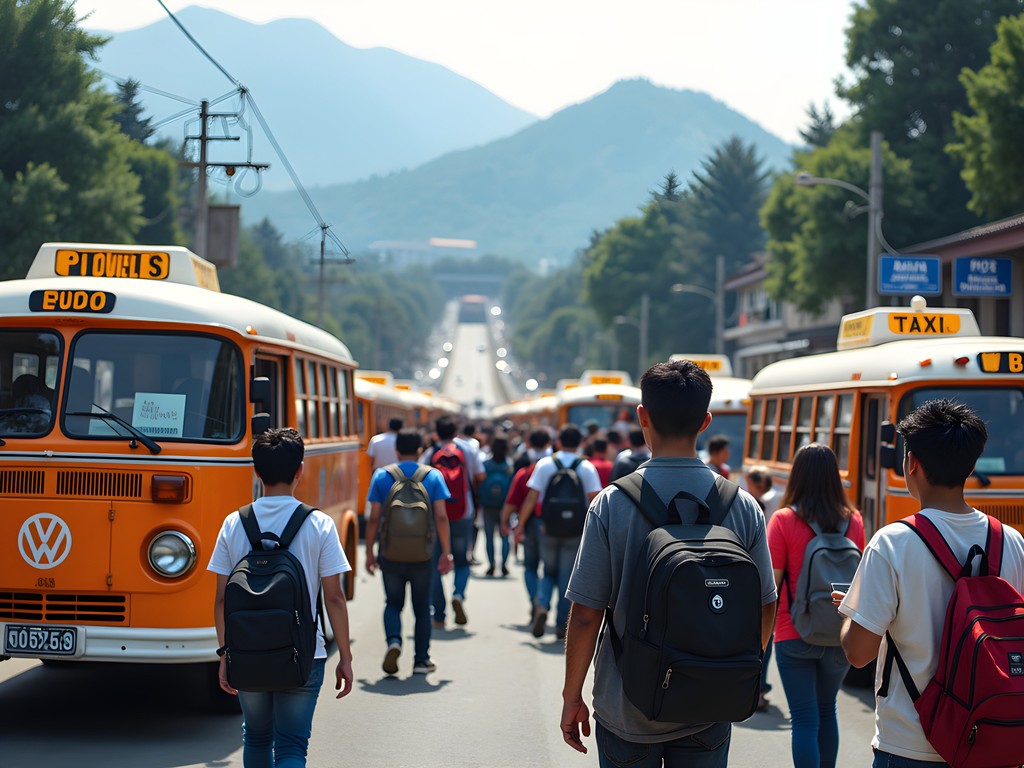
💡 Pro Tips
- Shop at the public market near Burnham Park where you can negotiate with vendors while practicing your basic Tagalog or Ilocano phrases
- Avoid transportation during rainy afternoons when demand spikes and availability drops
- Use landmarks rather than street names when asking for directions, as many locals navigate by landmarks
Final Thoughts
Navigating Baguio's winding roads and unique transportation system is part of the city's charm. As you traverse its pine-scented streets—whether by jeepney, taxi, or on foot—remember that each journey offers a glimpse into the soul of this mountain haven. The transportation challenges here aren't obstacles but opportunities to connect with locals, practice patience, and discover hidden corners of the city that most tourists miss. In my travels across sacred spaces worldwide, I've found that how we move through a place shapes our experience as much as the destinations themselves. Baguio rewards those who embrace its rhythms rather than fight them. So pack your sense of adventure, download those offline maps, and prepare to experience the Philippines' summer capital as it was meant to be explored—one winding road at a time. Safe travels, and may the mountain spirits guide your journey through the City of Pines.
✨ Key Takeaways
- Jeepneys are the most budget-friendly way to navigate Baguio, with most city routes costing under ₱11
- White taxis in Baguio are generally honest and use meters without prompting—a rarity in many Asian cities
- The central district around Session Road and Burnham Park is highly walkable despite elevation changes
- Strategic accommodation location can significantly reduce your transportation costs
📋 Practical Information
Best Time to Visit
December-May (dry season), though summer (March-May) is most popular with students
Budget Estimate
₱500-700 daily for transportation, food and basic activities
Recommended Duration
5-7 days
Difficulty Level
Easy To Moderate (Elevation And Hills Can Be Challenging)
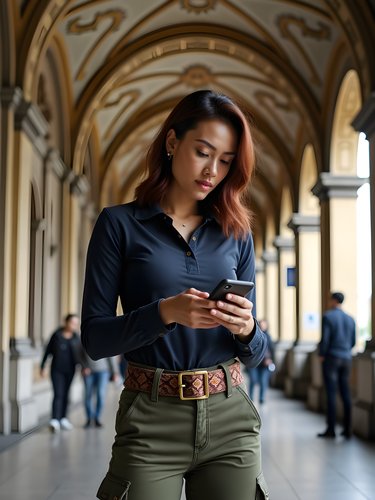
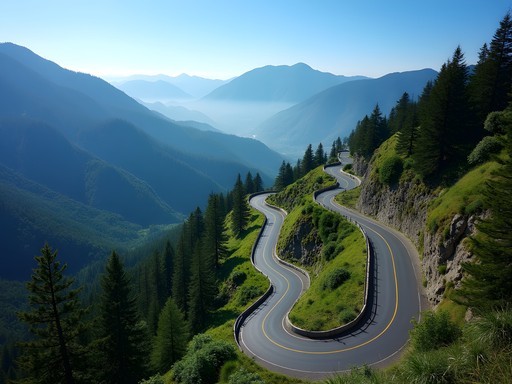

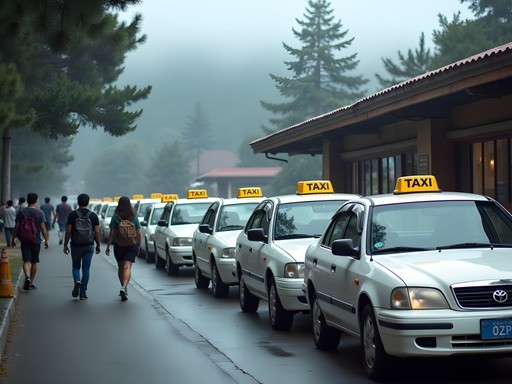
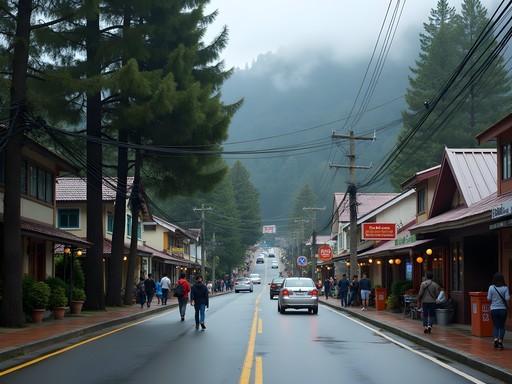











Comments
wanderbackpacker
Love the jeepney photo! Those colors are amazing!
Sage Dixon
Thanks! The jeepneys in Baguio are particularly photogenic with their mountain-themed decorations. Each one is like a moving art piece!
Timothy Jenkins
Excellent guide, Sage! I visited Baguio last year and found the transportation system fascinating. The jeepneys are indeed the heart of getting around, though I'd add that for first-timers, it's worth spending a bit extra on taxis for the first day until you get oriented. The city's topography makes what looks like a short distance on a map actually quite challenging on foot! One thing I learned: always carry small bills for jeepneys. Drivers rarely have change for larger notes, especially early in the day. Also, if you're staying for more than a few days, consider getting a local SIM card - it makes using ride-hailing apps much easier when the weather turns foggy (which happens frequently!).
Nicole Russell
Love that shot of the colorful jeepneys against the pine trees! Baguio's transportation system is such a unique part of the experience. When I visited last year, I challenged myself to use ONLY public transport the entire time. It was chaotic at first but by day 3, I felt like a local! The jeepney ride up to Mines View Park had my heart racing with those steep climbs, but the views were worth it. Has anyone tried the new e-jeepneys they're testing on some routes? Curious if they handle the hills as well as the traditional ones.
starbuddy
I saw a couple of those e-jeepneys in October! They seemed to handle well but weren't on the steepest routes yet.
beachphotographer
Just got back from Baguio last month and this guide would have been SO helpful! The jeepneys were definitely an adventure - took me a while to figure out the routes. One tip I'd add: download an offline map because cell service can be spotty in some areas. We got lost trying to find our Airbnb and my pocket translator saved us when asking locals for directions. The taxi drivers were super friendly though, and one even gave us a mini tour of the city when he found out it was our first visit!
wanderbackpacker
Did you try the strawberry taho from the vendors? Best breakfast ever while waiting for jeepneys!
beachphotographer
OMG yes! Strawberry everything in Baguio is amazing. Had strawberry taho every morning!
bluediver
Those hairpin turns sound scary! How bad is the motion sickness factor for someone who gets queasy easily? Planning a trip in January and wondering if I should bring motion sickness meds.
Timothy Jenkins
I'm quite sensitive to motion sickness and definitely recommend bringing medication for the journey up to Baguio. Those mountain roads are no joke! I found sitting near the front of the bus helped, and keeping your eyes on the horizon rather than looking down. Also, ginger candies were my savior!
bluediver
Thanks for the tips! Will definitely pack my meds and try the ginger candy trick.
happynomad
Just got back from Baguio last week and this guide would have been SO helpful before my trip! The jeepneys were confusing at first but I downloaded the Sakay.ph app which helped a lot with routes. One thing to add - if you're staying longer, consider renting a motorbike. We did this for 3 days and it was perfect for reaching Camp John Hay and the strawberry farms without waiting for transportation. Just be prepared for the chilly morning rides - Baguio's morning temp surprised us!
luckyway
Going there next month! Is it worth bringing my hiking boots for walking around the city or are regular sneakers fine?
nomadexplorer
Regular sneakers worked fine for me in the city. Only needed hiking boots when we went to Mt. Pulag!
Marco Flores
The jeepneys in Baguio are a whole adventure on their own! Last summer I spent a week there and made it my mission to master the jeepney routes. By day 3, I was hopping on and off like a local. My favorite was the route to Mines View Park - packed with locals, hanging on with one hand while passing pesos forward with the other. One tip: always carry small bills, drivers hate making change for 500 peso notes. And don't be shy to ask locals which jeepney to take - Filipinos are incredibly helpful and often walked me right to the correct stop!
happynomad
Did you try the taxis too? I found them super affordable compared to other cities.
Marco Flores
Yes! The white taxis were surprisingly cheap. I used them at night when the temperature dropped. Most drivers knew all the shortcuts through those winding streets!
nomadexplorer
Those hairpin turns are no joke! Got super dizzy on my way up last year but the views were worth it.
luckyway
Same! I took motion sickness pills before the trip and it helped a ton!
nomadexplorer
Smart move! Wish I'd thought of that.
greenlegend
Just got back from Baguio last week! Pro tip: download the offline Google Maps for the area before you go. Cell service can be spotty in some parts, and having the map available helped me figure out which jeepney routes to take. Also, don't be shy about asking locals - they're incredibly helpful. The taxi drivers do sometimes try to charge foreigners extra, so always confirm the price or insist on using the meter.
Venture X
Premium card with 2X miles, $300 travel credit, Priority Pass